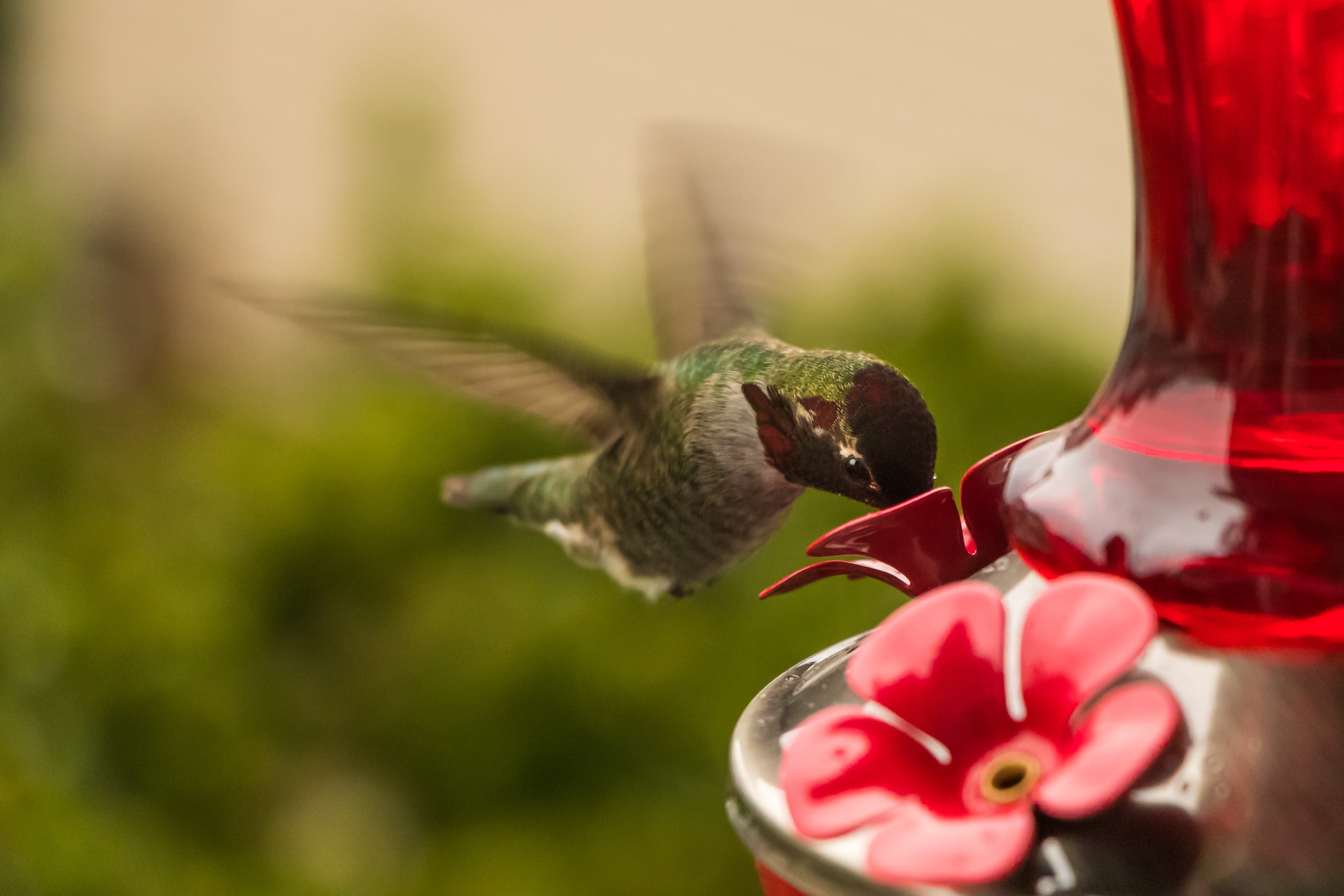Understanding Hummingbird Nectar
Beloved for their tiny size and rapid wingbeats, hummingbirds are a spectacle to behold. One way to attract these vibrant flyers is by offering homemade nectar in a feeder, mimicking the sugary sustenance they obtain from flower blossoms. Hummingbird nectar is a simple sugar solution that provides essential energy for their fast metabolism and energetic flight.
Compared to store-bought nectar, homemade nectar holds significant advantages. Firstly, it is cost-effective. You can prepare it using readily available ingredients – sugar and water. Secondly, omitting additives or dyes found in packaged alternatives ensures a safe diet for these delicate creatures. Not only does this safeguard the birds’ health, but it also encourages frequent visits, enhancing your bird watching opportunities.
A comprehensive guide to the benefits of homemade nectar can be found here, emphasizing its importance and advantages.
The Perfect Nectar Recipe
Creating an attractive nectar for hummingbirds is straightforward. Add one part of white granulated sugar to four parts of water. Heat the mixture until the sugar is completely dissolved – boiling is not necessary and let it cool before filling your feeders. Remember that honey, artificial sweeteners, or red dye should not be used, as they can harm these tiny birds. This recipe replicates the sugar concentration found in many flowers that hummingbirds naturally feed on.
A similar recipe and step-by-step instructions can be located here, aligning with the recipe endorsed by HummingbirdParadise.com.
Feeder Preparation, Filling, and Positioning
Before refilling your feeder, thorough cleanliness is crucial to prevent mold growth and other potential harms to your visiting hummingbirds. Cleaning your feeder with a mild dish soap, followed by a thorough rinse, is recommended each time before you refill it.
Positioning of the feeder carries much influence. Firstly, place it near a window for easy viewing. Next, ensuring an overhead cover protects the tiny birds from predators. Lastly, a quiet, peaceful place with minimal disturbances will encourage frequent visits.
Maintaining Your Feeder and Enjoying Your Hummingbird Visitors
Once your feeder is up and hummingbirds are visiting, remember to change the nectar every two to three days, or daily in hot weather. Cleaning the feeder each time you refill it can prevent mold and harmful bacteria from affecting your fluttering friends. Equipping yourself with a second feeder can keep the food store endless while you clean the other.
There are few things as rewarding as watching these iridescent creatures in action. For more guidance on safe and healthy nectar practices, refer to this comprehensive guide here.
Sharing your experience with bird watching can pave the way for others to take part in this gratifying pastime too. Thus, you may want to join the Hummingbird Paradise community, helping to foster bird feeding basics and ensure the survival of these amazing birds.
<small>Image source: https://unsplash.com/photos/hummingbird-drinking-from-flowers-74XmMWFU9Wk </small>

